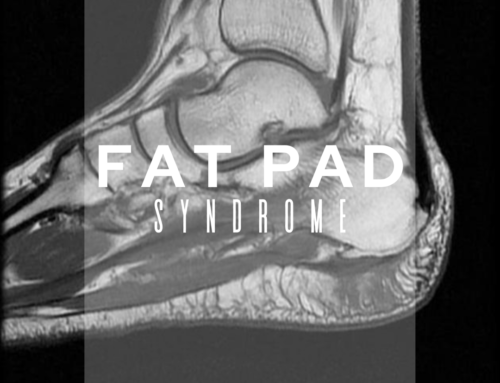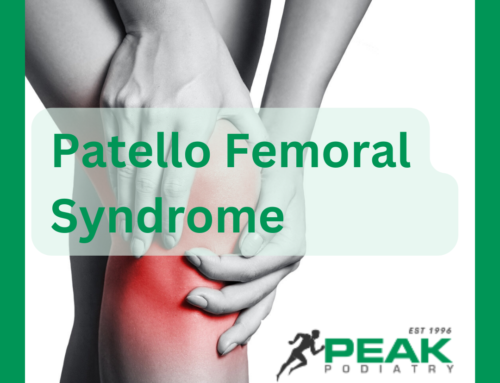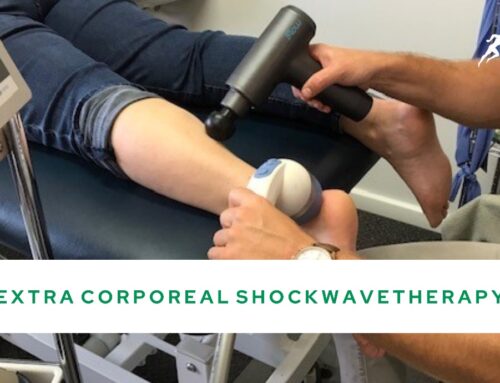What is the difference between a Bunion (Hallux Valgus) and Big Toe Arthritis (Hallux Rigidus)?
It is not at all unusual to confuse bunions with big toe arthritis because both these conditions can cause pain, a bump and enlargement at the big toe joint. However, while affecting the same joint, the clinical and pathological profiles of hallux valgus and hallux rigidus are quite different.
What is a Bunion (Hallux Valgus)?
Hallux valgus is an angular deformity of the 1st metatarsophalangeal joint (big toe joint). It is characterised by medial drift of the 1st metatarsal and subsequent lateral position of the hallux (big toe).
Despite the lack of congruency of the joint, hallux valgus is often not painful and can maintain normal joint range of motion (approximately 65 degrees). Pressure and friction from footwear is one of the major sources of irritation on a bunion.
What is Big Toe Arthritis (Hallux Rigidus)?
Hallux rigidus is characterised by a painful limitation in normal range of movement of the 1st metatarsophalangeal joint (big toe joint) associated with joint degeneration. The jamming of the joint causes pain, swelling, stiffness, and tenderness.
Many people have a predisposition to hallux rigidus and hallux valgus because of genetics and the biomechanical make-up of their foot. Both can be exacerbated following injury, repetitive movements or positions like high-heeled shoes, and some sports.
What treatment options are there?
Conservative (non-surgical) treatments for hallux valgus (HV) and hallux rigidus (HR) have some crossover, but also some differences.
For example:
- Orthotics (HV & HR)
- Footwear advice
- Width (HV)
- Depth (HR)
- Forefoot stiffness (HV & HR)
- Caution with pitch (HR > HV)
- Inter-digital wedges (HV)
- Night splints (HV)
- Carbon fibre plate (HR)
Surgical managements also vary between the two conditions. These can be discussed is detail with your podiatrist.
Early assessment and advice from one of our friendly Peak Podiatrist is highly recommended to establish an accurate diagnosis and develop an appropriate treatment plan.








Leave A Comment